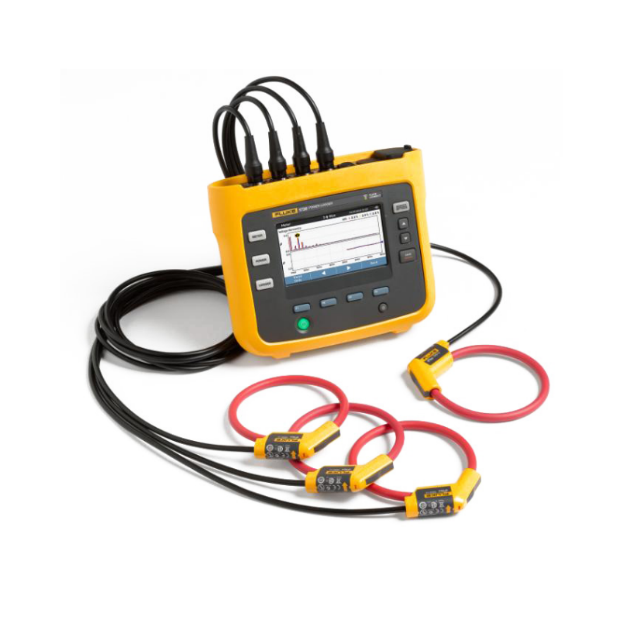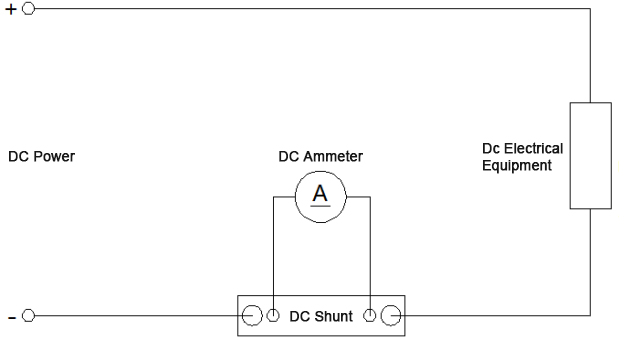Partial discharge (PD) is a localized electrical discharge that partially bridges the insulation between conductors and occurs when the dielectric strength of insulation in electrical equipment is compromised. Partial discharge can occur in various types of electrical equipment, including medium-voltage switchgear, transformers, and cables. Understanding the nature, causes, and detection methods of partial discharge is essential for preventing insulation failure and ensuring the long-term reliability of electrical systems.
What is Partial Discharge in Medium Voltage Switchgear?
In medium-voltage switchgear, partial discharge often occurs in insulation interfaces, such as busbars, cable terminations, and at the joints or connections of components. High-voltage stresses, humidity, and contaminants like dust or pollution can degrade insulation, leading to PD activity. This type of discharge can degrade the switchgear’s insulation and lead to potential faults, which may cause service interruptions or catastrophic failures if undetected.

What is Partial Discharge in Transformers?
In transformers, partial discharge generally occurs within the insulation structures, windings, and oil-filled components. PD in transformers can be especially detrimental due to the complex insulation structure involving paper, oil, and various dielectric materials. Over time, PD can lead to the degradation of transformer windings or insulation paper, shortening the equipment’s lifespan and potentially causing catastrophic failures.

What is Partial Discharge in Cables?

In high-voltage cables, partial discharge usually occurs due to defects in insulation, such as voids, air gaps, or impurities within the cable material. Over time, these imperfections can degrade the insulation, potentially causing cable failures. PD in cables typically manifests in the insulation material, which could be solid, liquid, or a combination, depending on the cable type.
What is partial discharge monitoring?
Partial discharge monitoring is a diagnostic technique that continuously or periodically evaluates insulation conditions by detecting partial discharges in electrical equipment. Through advanced sensors and analysis tools, it captures high-frequency signals, ultrasonic emissions, or transient voltages generated by PD activity, providing real-time or periodic insights into insulation integrity.
To monitor partial discharge, the partial discharge monitor is widely used in different applications. The PD monitoring enables early detection of insulation degradation, allowing for preventive maintenance that extends equipment lifespan, minimizes failure risk, and ensures reliable operation of critical power infrastructure.
What causes partial discharge?
Partial discharge is caused by localized weaknesses or imperfections in electrical insulation, often due to factors like high electrical stress, insulation aging, moisture ingress, contaminants, or thermal fluctuations. These conditions can create voids, air gaps, or surface irregularities in the insulation, leading to electric field intensification in specific areas. When the local field strength exceeds the dielectric breakdown threshold of the insulation, partial discharge occurs, causing progressive insulation degradation that, if unchecked, can ultimately lead to insulation failure and equipment breakdown.

What are the different types of partial discharge?
Partial discharge can manifest in different forms, including internal discharges, which occur within voids or cavities inside insulation, surface discharges along the outer surface of insulation, often due to contamination or moisture, and corona discharges, which take place in air or gas around sharp points or edges where electric field stress is concentrated. Another type, treeing, involves the formation of branching discharge paths within solid insulation, often leading to progressive insulation degradation.
Each of these types results from high electrical stress, insulation defects, or environmental factors, and can progressively damage the insulation material if left undetected.
What detection techniques can be used for partial discharge?
Partial discharge detection techniques include electrical methods such as high-frequency current transformers (HFCT), which capture the high-frequency signals generated by PD activity in conductors, and transient earth voltage (TEV) sensors, commonly used in switchgear for detecting voltage transients.
Ultrasonic sensors are used to detect airborne acoustic emissions caused by PD, especially in gas-insulated or sealed equipment. Optical methods, including infrared and visible light detection, can identify the heat or light emissions associated with discharges, particularly in high-voltage systems.
Acoustic emission sensors capture sound waves generated by PD in solid insulation, while dissolved gas analysis (DGA) is used in transformers to detect gases produced by PD-related insulation breakdown. These techniques help identify partial discharge early, enabling proactive maintenance and preventing potential equipment failure.

Partial discharge is a critical concern in the maintenance and reliability of high-voltage electrical equipment. It signals early-stage insulation deterioration and, if undetected, can lead to costly equipment failure and power outages. Through a combination of monitoring techniques, from electrical and ultrasonic methods to advanced chemical analysis, engineers can identify PD activity, assess insulation health, and plan preventive maintenance, ensuring higher reliability and safety across electrical power systems.






